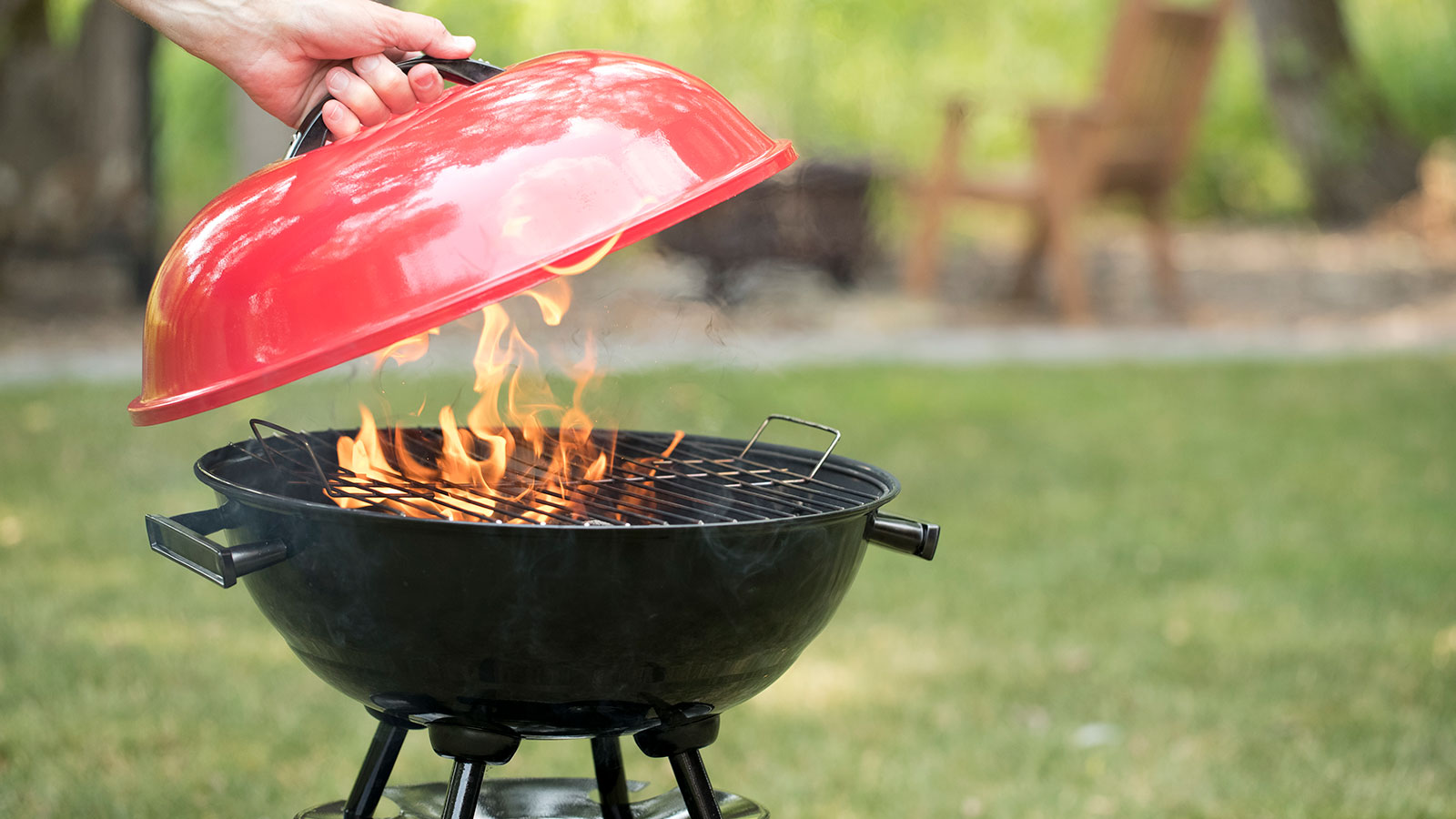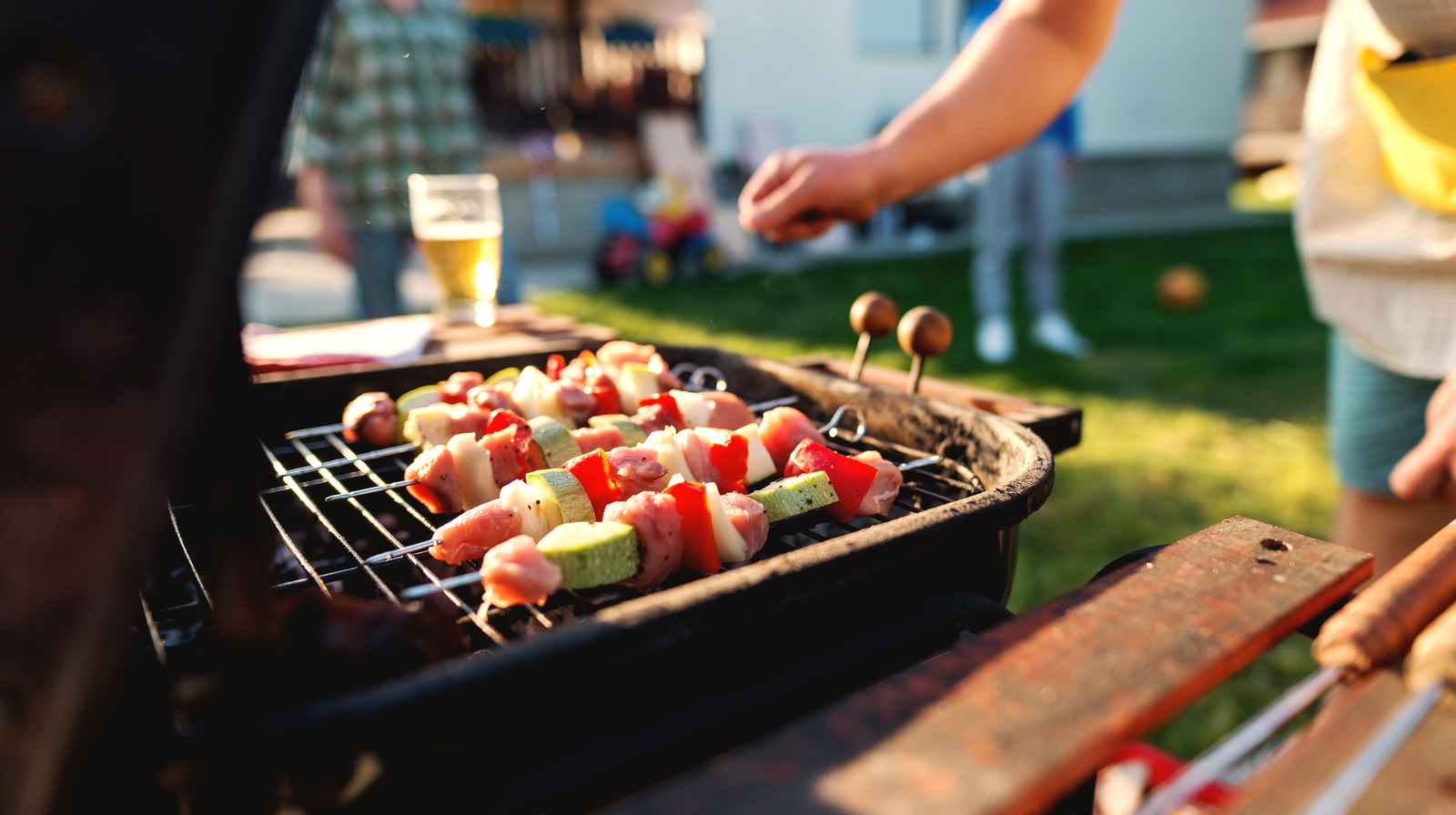Unlocking the Secrets: How to Cook a Ham on a Weber Charcoal Grill
Written By James Morgan
Cooking ham on a charcoal grill is an experience like no other. The smoky flavor infused into the meat from the charcoal brings about a new depth of taste that simply cannot be replicated by an oven. In this article, we will uncover the detailed steps on how to cook a ham on a Weber charcoal grill, making sure you achieve the most succulent and flavorful outcome possible. Whether you are a backyard barbecue enthusiast or a seasoned pitmaster, these techniques will make your next ham roasting session unforgettable.

Why Choose a Weber Charcoal Grill?
Grilling ham on a Weber charcoal grill offers unmatched flavor complexity and outdoor culinary excellence. The even heat distribution and customizable temperature settings of Weber grills make them a perfect choice for roasting large cuts of meat, including ham. If you are serious about learning how to cook a ham on a Weber charcoal grill, owning the right equipment can make all the difference.
Essential Equipment
Before diving into the step-by-step guide, let's gather everything you will need:
- Barrel Charcoal Grill
- Knives Set
- Kettle 22-Inch Charcoal Grill
- Aluminum Foil
- Grill Tongs
- Meat Thermometer
- Charcoal Briquettes
- Fire Starters
- Soaking Wood Chips (Applewood or Hickory recommended)
- Large Basting Brush

Bringing Out the Best in Your Ham
Choosing the Perfect Ham
The first step in mastering how to cook a ham on a Weber charcoal grill is choosing the right cut of ham. Spiraled, bone-in, or boneless, each variety has its characteristics, influencing cooking time and flavor. Spiraled hams are convenient to slice, boneless hams are easy to carve, and bone-in hams often retain more moisture, yielding a juicier final product.
Prepping Your Ham
Before placing the ham on the grill, thorough preparation is crucial. Begin by removing the ham from its packaging and patting it dry with paper towels. Scoring the surface of the ham can help the glaze penetrate deeper. Cut diagonal lines into the fat layer, creating a diamond pattern. This step not only adds a decorative touch but also enhances flavor absorption.
Marinating and Glazing
Marination and glazing set the stage for a succulent ham brimming with flavor. Marinades can include ingredients like apple cider, brown sugar, mustard, and various herbs. Submerge the ham in the marinade and refrigerate it for several hours or overnight. Before grilling, generously apply a glaze over the scored surface. A glaze might contain elements such as honey, brown sugar, mustard, and spices, creating a caramelized crust during grilling.

Setting Up Your Weber Charcoal Grill
Igniting the Charcoal
Effective grilling starts with correctly setting up your Weber charcoal grill. Begin by evenly distributing charcoal briquettes in the grill's charcoal chamber. Arrange fire starters within the charcoal and ignite them. Allow the coals to turn grey-white before adding the soaked wood chips for that distinctive smoky essence. For a detailed guide on how to properly use a charcoal grill, refer to this Family Handyman article.
Indirect Heat Configuration
Using indirect heat is essential to avoid charring the ham's surface while the interior cooks through. Position a drip pan filled with water in the grill's center and arrange the hot coals around the pan's edges. Place the cooking grate atop the grill, ensuring no direct heat source beneath the ham. For more tips on setting up your barbecue, check out our guide on choosing the right BBQ pit.

Grilling the Ham
Placing the Ham on the Grill
With the grill ready, carefully position the marinated and glazed ham on the cooking grate above the drip pan. The water-filled pan adds moisture, preventing the ham from drying out. Cover the grill and set the vents halfway closed, maintaining a consistent temperature of 225-250F (107-121C) throughout the cooking process. This gradual cooking method ensures a juicy and tender ham. Get more tips on this technique in our guide on using a high-quality BBQ brush.
Monitoring and Basting
Continuous monitoring and basting foster robust flavors. Every 30 minutes, check the ham's progress and baste it with additional glaze or marinade. Utilize a meat thermometer to gauge internal temperature; the ham is considered done when it reaches 140F (60C). This temperature ensures the ham is fully cooked while remaining moist and flavorful. For more advice, visit our section on beef roast recipes.
Rest and Finishing Touches
Once reaching the desired internal temperature, cautiously remove the ham from the grill and let it rest for 20 minutes. This rest period allows the meat's juices to redistribute evenly. Swiftly wrap the ham in aluminum foil to retain heat and moisture. For added flavor, a final glaze can be applied during the last few minutes of grilling. If you're interested in other hearty grill recipes, check out how to choose the right Dutch oven for camping.
Serving the Perfect Grilled Ham
Carving and presenting your grilled ham is the grand culmination. Utilize a sharp knife from your knife set for precise slicing. Bone-in hams often require cutting around the bone, while boneless hams are straightforward to serve. Harmonize your ham with complementary sides like roasted vegetables, potato salad, or coleslaw. For a festive touch, garnish with fresh herbs or pineapple slices to enhance its visual charm.
As a proud grillmaster, your journey learning how to cook a ham on a Weber charcoal grill culminates in a delectable centerpiece that will impress and delight. The interplay of smoky and savory notes from the grill, combined with your meticulous preparation, results in a ham that exudes tenderness and richness.
Post-Grilling Cleanup
After the feast, proper grill care is essential. Clean the grill with high-quality products to ensure longevity. Use a stainless steel cleaner for metal surfaces and a cutting board conditioner for wooden accessories. These tools maintain your equipment and prepare you for future grilling adventures. As an Amazon Associate, I earn from qualifying purchases.
Additional Resources for Grillmasters
For more tips and resources on advanced barbecue techniques, feel free to explore the comprehensive guides and tutorials on our website, Grilling4All. The platform offers in-depth articles covering a myriad of grilling subject matter, ensuring you stay at the peak of your grilling game.
Conclusion
Mastering how to cook a ham on a Weber charcoal grill is a gratifying experience, combining tradition and contemporary culinary techniques. By choosing the right ham, expertly managing your grill, and attentively monitoring the cooking process, you will create a dish that boasts incredible flavor and visual appeal. Elevating your barbecue repertoire to impress friends and family has never been easier. So fire up your Weber charcoal grill, embark on this flavorful journey, and relish in the culinary delight you've crafted.
As an Amazon Associate, I earn from qualifying purchases.



